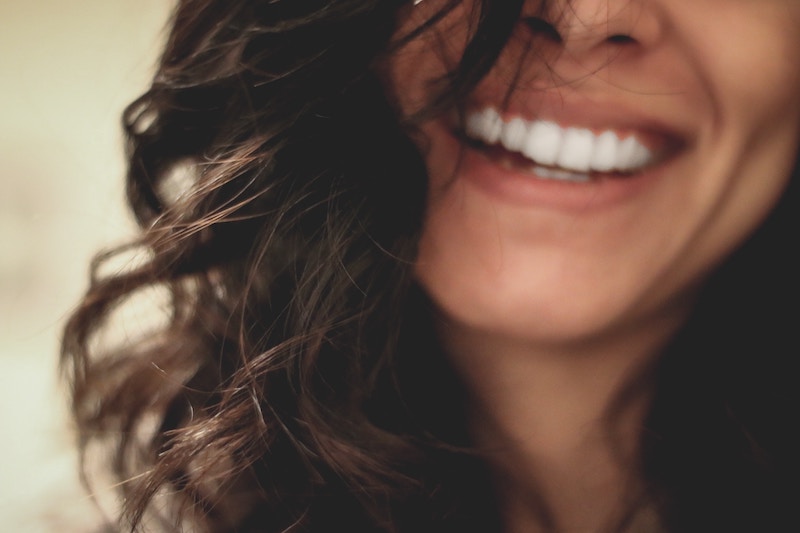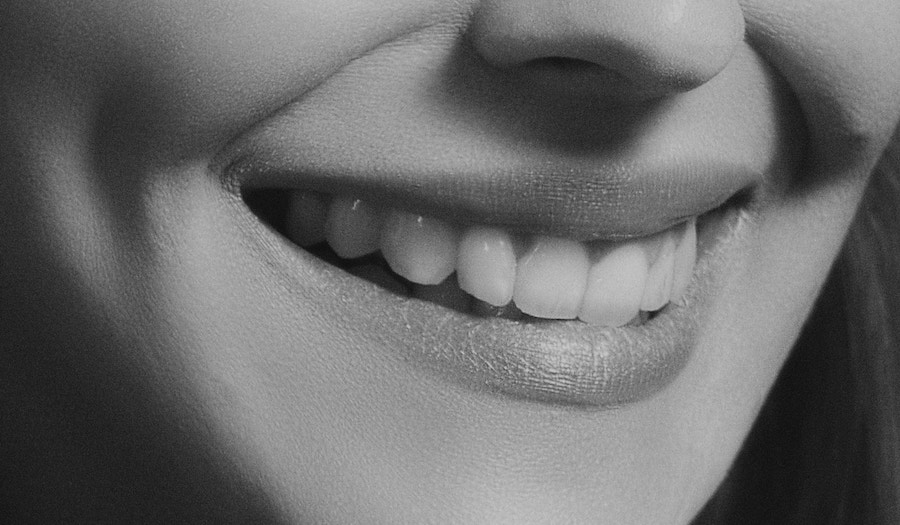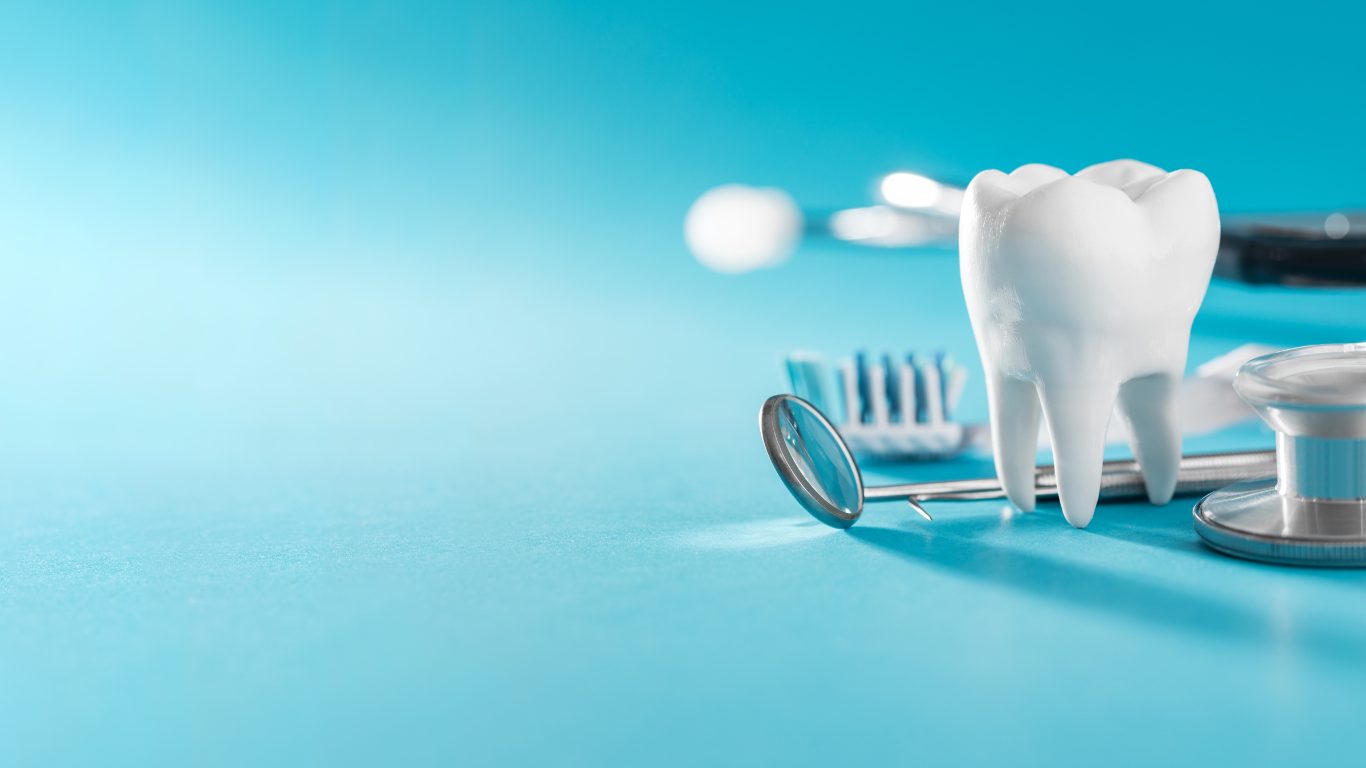
Women’s Dental Health Versus Men’s Dental Health
October 15, 2019
Everything You Need To Know About Thumb Sucking and Teeth
December 13, 2019Patients often ask us “how do teeth get stained?” The simple answer is that there are more than ten reasons that teeth accumulate stains over time. Preventing future stains and treating existing stains is more effective once you understand what stains your teeth.
Please keep in mind the following information does not replace professional care. Every mouth is unique, and only a skilled dental team can identify the best treatments for your individual needs.
We like to educate our patients since we find that knowledge empowers people to make the best decisions about their dental health. For that reason, we will start with a quick overview to answer the question “how do teeth get stained?” before describing the treatment options.
Reasons for Stains, in Other Words, “How Do Teeth Get Stained?”
Many stains are caused by lifestyle factors while others have causes you can’t control easily. For many lifestyle-related stains, awareness of the cause may help you mitigate the damage or even stop future damage. For example, staining caused by poor dental hygiene can be remedied with a professional cleaning followed by improved daily dental hygiene.
Other factors are more difficult to control such as genetics or fighting a serious illness. However, some cosmetic procedures may help restore the confidence that comes from a bright smile.
Common Controllable Lifestyle Causes of Teeth Stains Include:
- Smoking or tobacco use
- Drinking coffee, tea, or red wine
- Eating certain foods that contribute to staining
- Poor dental hygiene
- Excessive use of fluoride products
Other Factors That Contribute to Teeth Staining:
- Some medications like antibiotics
- Diseases and some potentially life-saving treatments like chemotherapy
- Aging since the tooth’s core materials yellow with age
- Genetics
- Childhood trauma or accidents
The best treatment for staining depends on the type of stain and its causes. In an article published by Crest, causes tooth staining fit in one of three primary categories. Each category responds best to different treatment options.
- Intrinsic Stains: This type of stain originates below the tooth’s surface. Some causes include excessive exposure to fluoride. These stains generally require some method of bleaching like professional tray-bleaching.
- Extrinsic Stains: This refers to staining on the tooth’s surface. Some common sources include stains from drinking coffee, tea, or red wine. This type of stain may be fixed with a professional cleaning or whitening toothpaste.
- Age-related Stains: This usually involves a mix of intrinsic and extrinsic factors. The tooth’s dentin naturally yellows as the years pass. Also, the tooth’s enamel thins as we age. In addition, a lifetime of habits, health issues, and trauma all add up to further contribute to accumulated staining. A cosmetic solution may involve a mix of professional cleaning and tray-bleaching or even a smile makeover depending on the severity of the stains and the patient’s desired results.
Popular Options to Fight or Prevent Dental Stains
Now that you have a better understanding of how do teeth get stained, you may consider treatment options.
Prevent Stains With Lifestyle Changes
Often the best treatment is prevention. If your lifestyle involves activities that cause or contribute to staining, consider making changes. For example, if you are a smoker then quitting will end one source of dental staining. If you drink coffee, consider cutting back or quitting. Some damages can be mitigated by rinsing your mouth after drinking coffee and limiting yourself to a cup in a short time period rather than sipping throughout the day.
Stain Fighting Toothpaste
Talk with your dentist to see whether you may be a good candidate for stain-fighting toothpaste. Many whitening toothpastes are more abrasive than regular toothpaste and may even weaken enamel or cause sensitivity.
Charcoal Toothpaste
In recent years, charcoal toothpaste has been a craze on social media platforms like Pinterest and Instagram. In some cases, it helps remove stains, but charcoal is abrasive much like whitening toothpastes (and sometimes it is even worse). We recommend that you discuss this option with your dentist to make sure it is safe for your teeth. Your dentist may suggest other options if not.
Professional Cleaning
For extrinsic stains, a professional dental cleaning often does the trick. Depending on your needs, your dentist may recommend anywhere from one to four or more professional cleanings. Be sure to stick with your recommended schedule for healthy teeth, gums and a bright smile.
Over The Counter Home Whitening Like Strips
Over the counter products like whitening strips and non-custom tray kits are inexpensive and convenient for some people. They can work well in treating mild staining before a special event. However, they do not fit as well as a custom tray and it is easy to apply too much bleaching solution. In general, professional whitening is both safest and most effective. The combination of custom fitted equipment and professional application or supervision can’t be beat.
Laser Whitening
Sometimes people opt for professional laser whitening and some consider it the ultimate whitening treatment. However, we don’t consider laser whitening the gold standard since it sometimes leads to tooth sensitivity. Also, the results fade with time.
Gold Standard: Tray Whitening
We consider professionally-supervised tray whitening the gold standard due to the ease of application as well as the results. Your dentist custom fits the trays to your unique dental structure so the solution is less likely to get anywhere it shouldn’t. We also use professional-grade whitening solution for the safest possible results.
Next Steps: Treating Dental Stains Starts With a Consultation
Now that you better understand how do teeth get stained, you are in a better position to take action. The first step is a professional dental examination and consultation. For many people, a professional cleaning is also involved.
Residents who live in and near the Charlotte area trust us for their healthiest and brightest smile ever. If you live in the region and are looking for a dental practice near you, contact us today to schedule a consultation and learn how we can help you safely achieve a confident and radiant smile!




